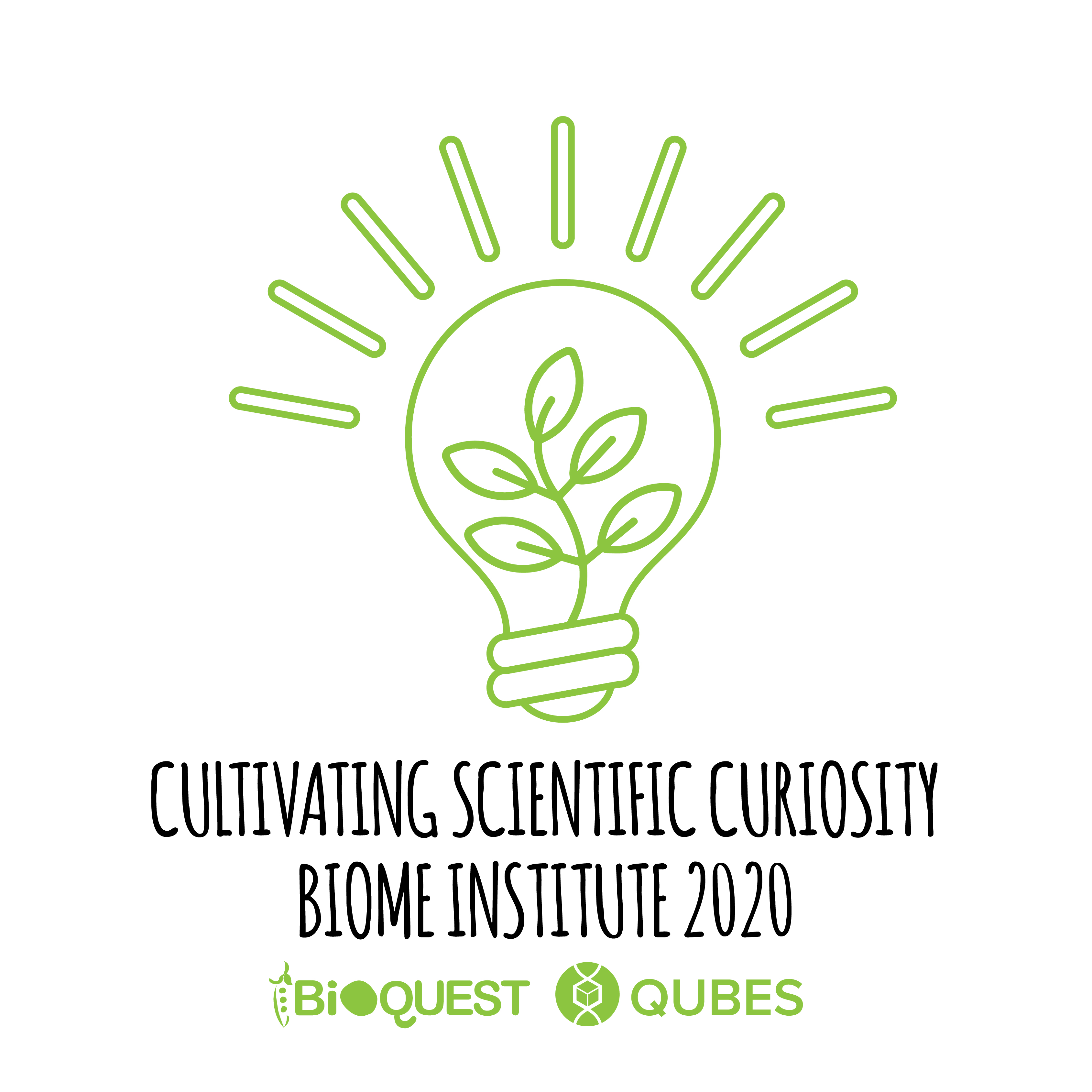Integration of Bioinformatics into Life Science Curricula: Community Development, Dissemination, and Assessment of a NIBLSE Learning Resource
Author(s): Adam Kleinschmit1, Rachel Cook2, Barbara Murdoch3, Elizabeth F Ryder4, William Tapprich5
1. University of Dubuque 2. Fairmont State University 3. Eastern Connecticut State University 4. Worcester Polytechnic Institute 5. University of Nebraska-Omaha
1434 total view(s), 225 download(s)
Kleinschmit 2020_TAGC_Poster_Final.pdf(PDF | 524 KB)
- License terms
Description
Introductory bioinformatics exercises typically walk students through the use of computational tools, but often provide little understanding of what a tool does "under the hood." A solid understanding of how computational algorithms function, including their limitations, is essential for interpreting the output in a biologically relevant context. Here we describe the development, assessment, and dissemination of an introductory learning resource that focuses on the core concept of sequence similarity and its biological applications, using the NIBLSE framework.
This is a part of the Genomics Education Alliance Posters & Beyond materials for the BIOME Institute.
Cite this work
Researchers should cite this work as follows:
- Kleinschmit, A., Cook, R., Murdoch, B., Ryder, E. F., Tapprich, W. (2020). Integration of Bioinformatics into Life Science Curricula: Community Development, Dissemination, and Assessment of a NIBLSE Learning Resource. Cultivating Scientific Curiosity, QUBES Educational Resources. doi:10.25334/F138-SS53
